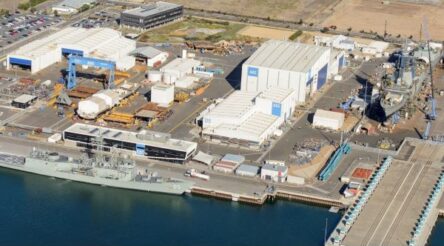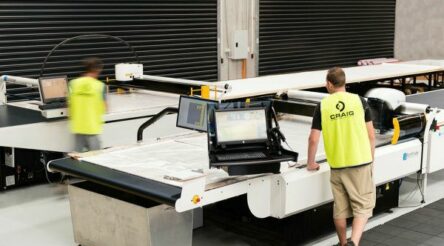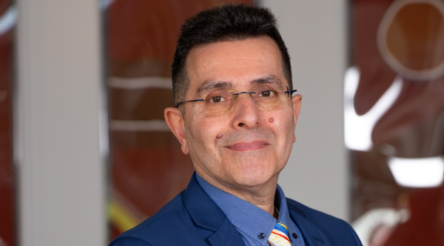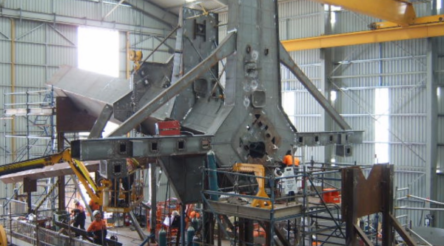Qld researchers involved in NASA hypersonics study
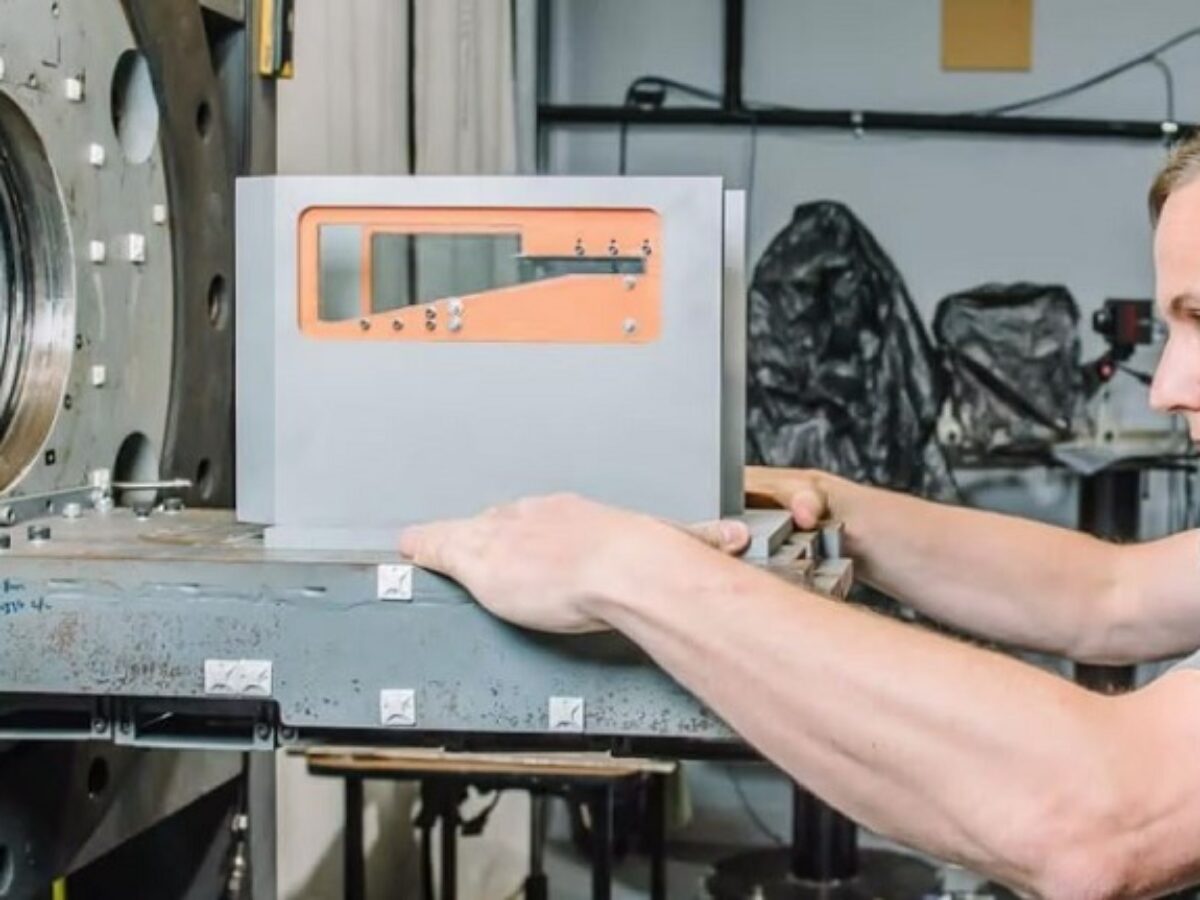
Queensland researchers involved in the development of hypersonic systems have travelled to US for NASA-led observation of a capsule’s re-entry
On September 24, a NASA capsule containing a sample of asteroid matter will make its return to Earth – with the characteristics of the capsule’s re-entry into the atmosphere at greater than Mach 5 speeds to be studied by the researchers.
While Russia has hypersonic missiles in use in Ukraine, the US and its allies including Australia have not yet developed a competing system.
Leading scientists from across the globe are currently assembling in the USA, for the NASA-led HORIS observation project, which will gather invaluable information from the OSIRIS-REx capsule’s descent through the atmosphere into the Utah desert.
Among them is a team of University of Southern Queensland specialists led by hypersonics expert Associate Professor Fabian Zander, who worked on the Hayabusa2 capsule re-entry in 2020, which involved similar airborne observations.
Associate Professor Zander said: “The capsule will hit the atmosphere at around 12 kilometres per second, and our main interest will be in the aerothermodynamics of its re-entry.
“There will be a lot of useful data if we can get it, and it’s an educational opportunity – many of our team won’t have seen anything like this before.”
The international team will conduct the re-entry observations from three ground stations and four aircraft, which include an aircraft funded through a collaboration between Rocket Technologies International Australia (RTI) and the University of Southern Queensland-led iLAuNCH, under the trailblazer programme. The ground-based observations are funded through an Australian Research Council project.
Scientists from NASA, the Japan Aerospace Exploration Agency (JAXA), the University of Southern Queensland, the University of Stuttgart, the University of Queensland, and several other domestic USA organisations will operate the instruments at these ground stations and on the aircraft.
Associate Professor Zander said: “We will perform a lot of spectroscopy, looking at gas radiation including atomic emission lines and black body radiation from the capsule to determine its surface temperature.
“The bulk of the spectral data will be used to provide feedback on future re-entry capsule design.
“We have models to predict how hot the surface temperature will get and how much heat the gas will radiate to the surface, but these can only be validated with real flight data.”
Picture: A scientist from the Institute for Advanced Engineering and Space Sciences’ Hypersonics and Rocketry team
@aumanufacturing Sections
Analysis and Commentary Awards Defence Manufacturing News Podcast Technology Videos







